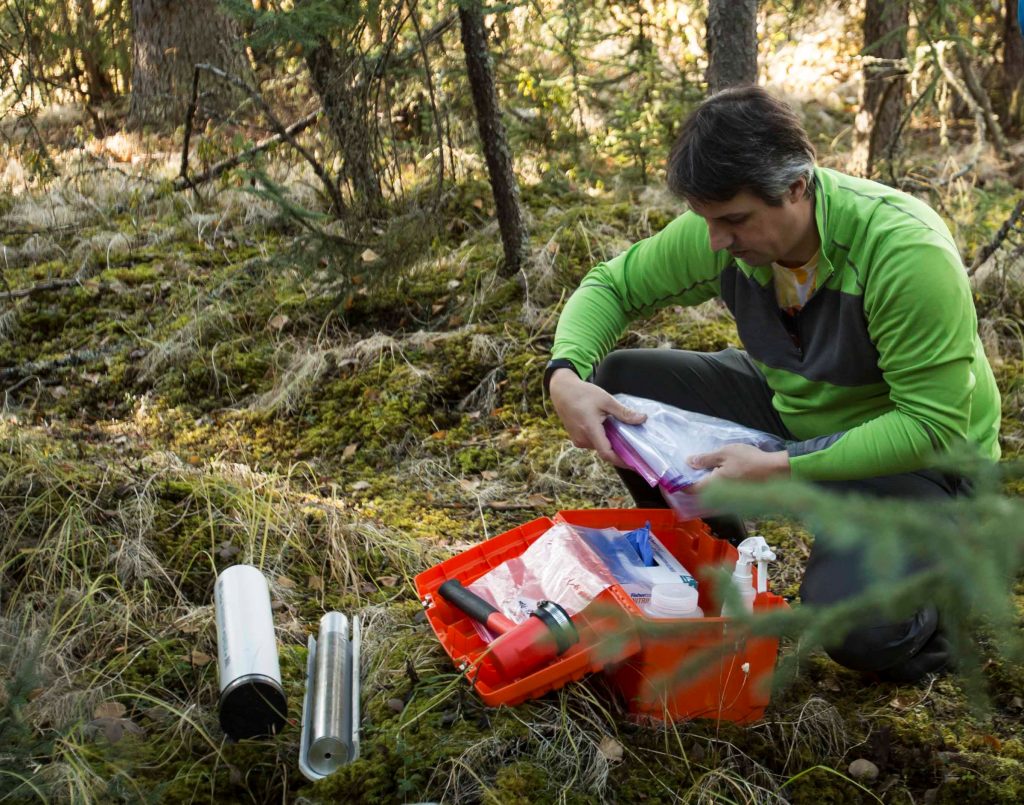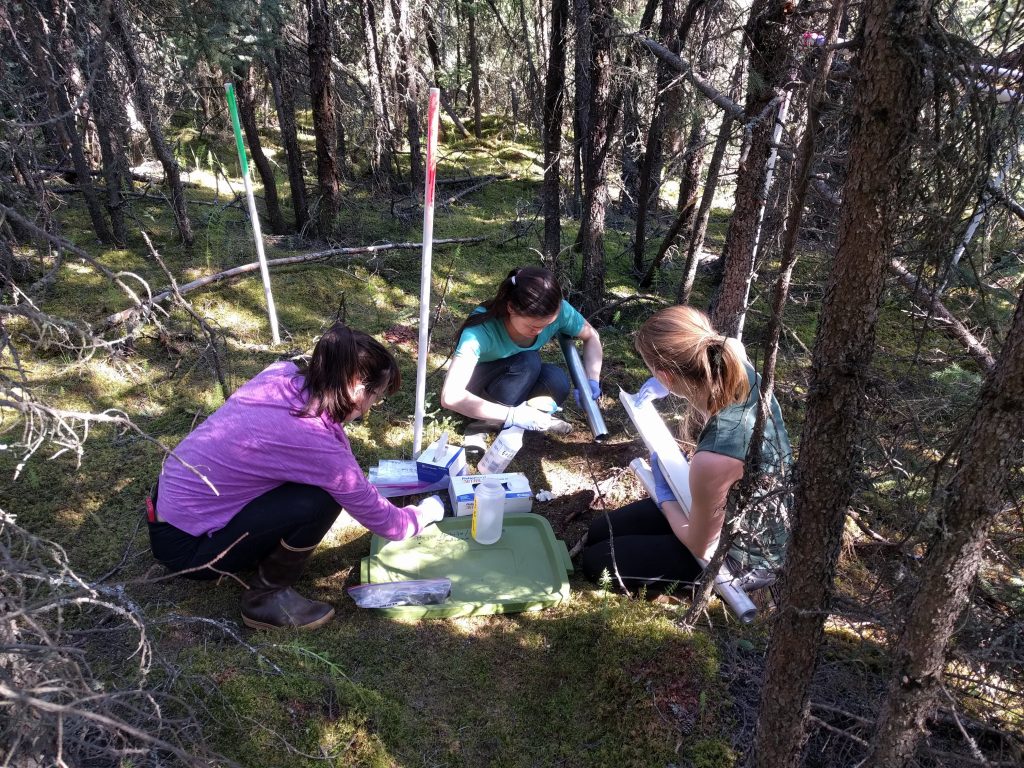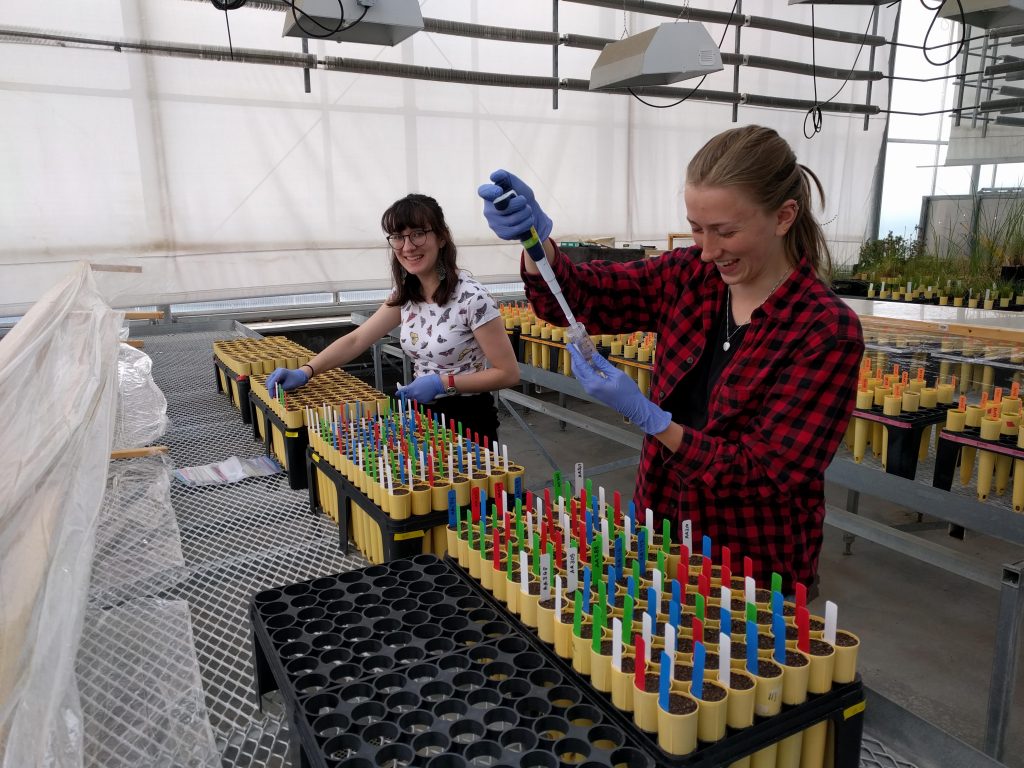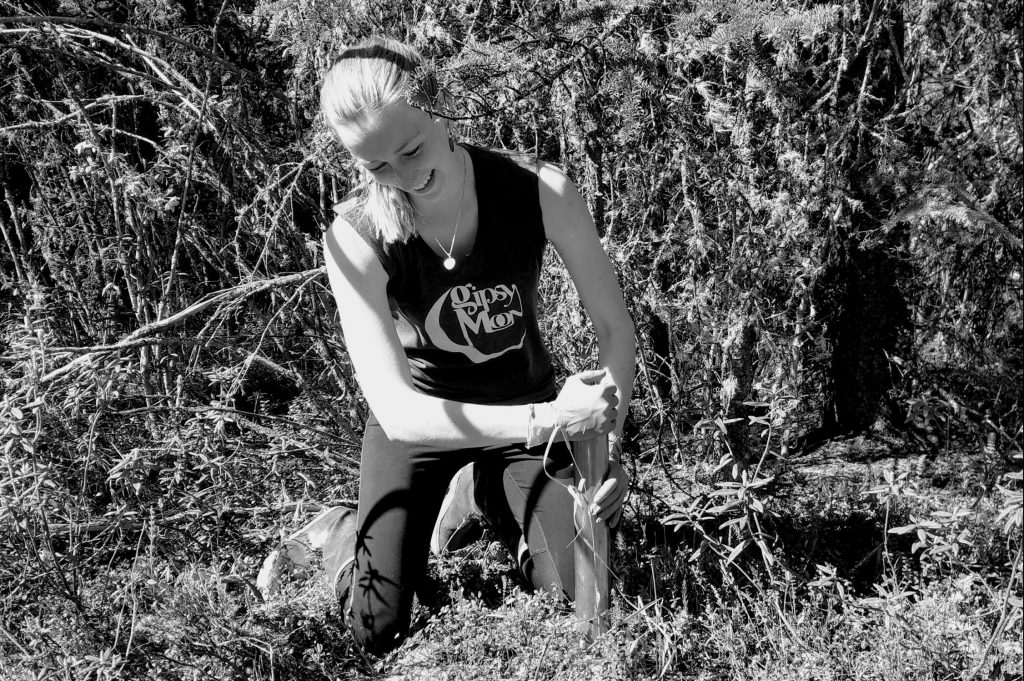The overall goal of this project is to gain an understanding of plant-soil-microbe interactions in response to a changing boreal forest. This Alaska-based project will characterize the soil microbial community from a permafrost thaw gradient in the Fairbanks Permafrost Experiment Station (FPES). We took our first soil cores in June, 2015 and continued monthly across the year to identify temporal patterns and associations with seasonal fluctuations. My lab has 3 years of continuous monthly samples. In the summer of 2018, with the help of several undergraduates, I was able to complete the first full metagenomic profile of FPES. These results show clear differences both in community structure as well as functional roles associated with the difference levels of permafrost thaw. We repeated this sampling and sequencing in the summer of 2019 and a new graduate student is currently analyzing these results. In the summer of 2018, with the aid of a talented group of undergraduate students, we setup a greenhouse experiment to test of effects of the soil microbes on the growth of Alaskan berries and collected growth data from our plants over the past year. Preliminary data from the experiment demonstrates a strong effect of permafrost thaw on plant health. Plant growth was slowed relative to controls. These plant-soil feedbacks may influence how the plant community responds to changing climatic conditions. Ultimately the data we collect will help to design a future artificial selection experiment on plant-soil feedbacks where we look at the evolution of soil pathogens as impacted by changing environmental conditions. This research project presents an opportunity for students to learn the methods and techniques of next-generation sequencing technology.




Our first paper from this project (Humphrey J, Seitz T, Haan T, Ducluzeau AL, and Drown DM. 2019. DOI: 10.1128/MRA.01486-18). The authors include both undergraduate and graduate students. Jennie is pictured here.
